Increasing Urbanization
The trend of increasing urbanization appears to be a significant driver for the Manufactured Housing Market. As more individuals migrate to urban areas in search of employment and better living conditions, the demand for affordable housing options rises. This urban influx often leads to a shortage of traditional housing, thereby creating opportunities for manufactured homes, which can be produced more quickly and at a lower cost. According to recent data, urban areas are projected to house approximately 68% of the world's population by 2050, further emphasizing the need for innovative housing solutions. The Manufactured Housing Market is likely to benefit from this demographic shift, as it offers a viable alternative to conventional housing, catering to the needs of urban dwellers seeking affordability and accessibility.
Rising Construction Costs
Rising construction costs are influencing the dynamics of the Manufactured Housing Market. As traditional building materials and labor costs continue to escalate, manufactured homes present a cost-effective alternative for homebuyers. The ability to produce homes in a controlled factory environment allows for greater efficiency and reduced waste, which can mitigate some of the financial pressures associated with conventional construction. Recent statistics indicate that the cost of building materials has increased by over 20% in the past few years, prompting many potential homeowners to consider manufactured housing as a viable option. This trend suggests that the Manufactured Housing Market may experience increased demand as consumers seek more affordable housing solutions amidst rising costs.
Changing Consumer Preferences
Changing consumer preferences are reshaping the landscape of the Manufactured Housing Market. There is a noticeable shift towards minimalism and sustainable living, with many individuals seeking smaller, more efficient living spaces. Manufactured homes, often designed with space optimization in mind, align well with these preferences. Additionally, younger generations are increasingly prioritizing affordability and flexibility in housing options, which manufactured homes can provide. Recent surveys indicate that a significant portion of millennials and Gen Z individuals are open to considering manufactured housing as a viable alternative to traditional homes. This shift in consumer attitudes suggests that the Manufactured Housing Market may experience a surge in interest as it caters to the evolving desires of a new generation of homebuyers.
Government Incentives and Policies
Government incentives and policies play a crucial role in shaping the Manufactured Housing Market. Various governments have introduced programs aimed at promoting affordable housing solutions, which often include financial assistance for manufactured home buyers. For instance, certain tax credits and subsidies are designed to encourage the purchase of manufactured homes, making them more accessible to low- and middle-income families. Additionally, zoning regulations are gradually evolving to accommodate manufactured housing, allowing for greater integration into residential communities. This supportive policy environment is expected to stimulate growth within the Manufactured Housing Market, as it aligns with broader housing initiatives aimed at addressing housing shortages and affordability challenges.
Technological Innovations in Manufacturing
Technological innovations in manufacturing processes are transforming the Manufactured Housing Market. Advances in construction technology, such as modular building techniques and automation, are enhancing the efficiency and quality of manufactured homes. These innovations not only reduce production time but also improve the overall durability and energy efficiency of the homes. As consumers become more environmentally conscious, the demand for energy-efficient manufactured homes is likely to rise. Furthermore, the integration of smart home technologies is becoming increasingly popular, appealing to a tech-savvy demographic. This evolution in manufacturing practices suggests that the Manufactured Housing Market is poised for growth, as it adapts to meet the changing preferences of modern homebuyers.





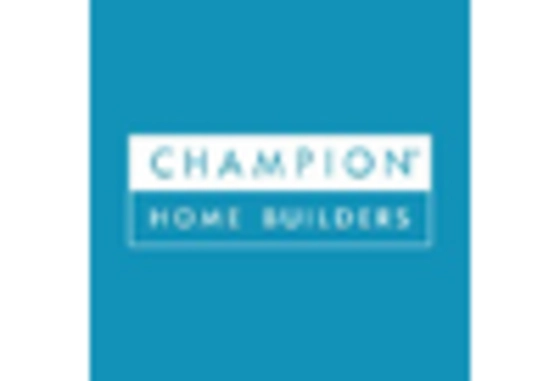
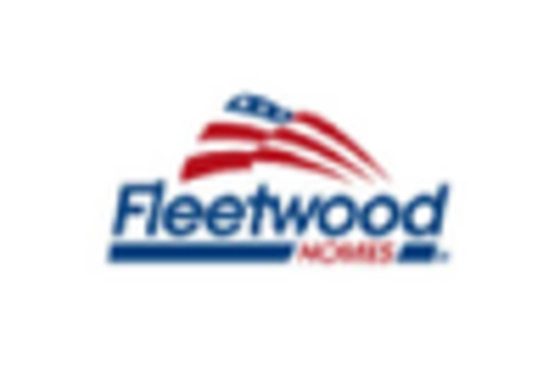
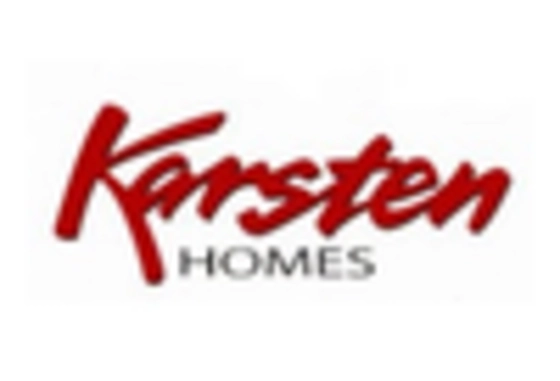
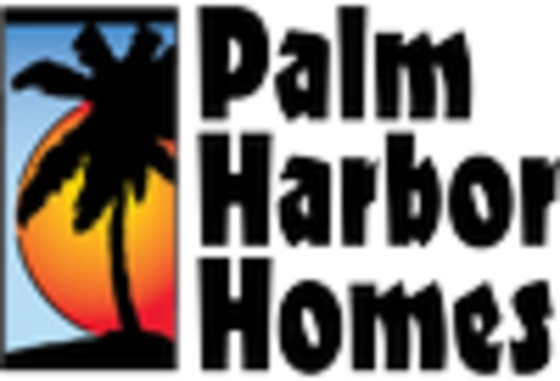
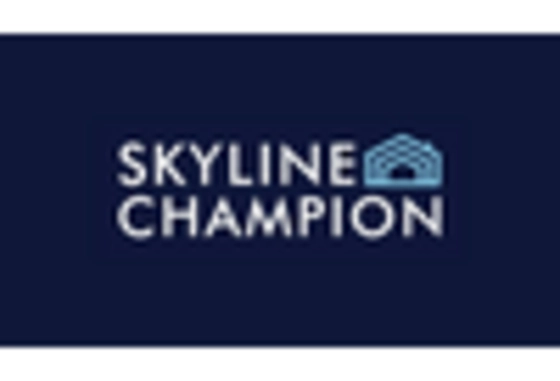








Leave a Comment